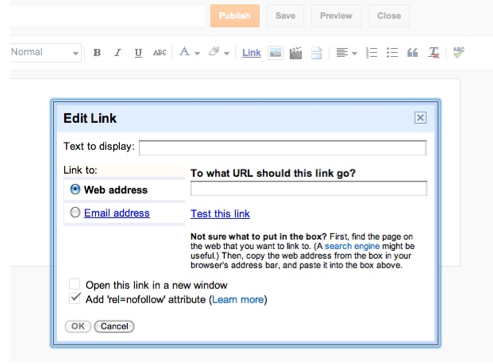Every once in awhile, a post pops up on Facebook and you click on it, then proceed to read it, and then click on another link from that article and read all five pages of the essay from which it came. I came across such a post a few weeks back. It was a link to this article in Business Insider that linked to a blog post written by Linds Redding, whom BI notes was a New Zealand-based art director who worked at BBDO and Saatchi & Saatchi, and who passed away in October at the age of 52 from an inoperable esophageal cancer.
Redding had by all accounts a very successful career in advertising. In fact, some would say, a life many creative types would kill for. But all that went by the way side when he realized what he'd given up, for what was, at the end of the day, a TV commercial.
"Countless late nights and weekends, holidays, birthdays, school recitals and anniversary dinners were willingly sacrificed at the altar of some intangible but infinitely worthy higher cause. It would all be worth it in the long run…
This was the con."
While the story focused on Redding's work in advertising, it nevertheless strikes a cord. As a writer, we are almost obsessed with our need to be creative, to express ourselves. But do we ever stop to think...at what cost?
This post by Pete Earley outlines the types of revenues we might expect once we become "successful published writers". Safe to say, it's not often (probably closer to never) that authors become rich and famous off that first published book.
But I'm not here to be a Debbie downer. On the contrary, I'm here to say you can have your cake and eat it too. It's all about perspective. You have to work hard to obtain your dreams, but there are big dreams and there are little dreams. I dream about one day being a New York Times bestselling author but I also dream about seeing my niece and how excited she gets when I walk in the door. I can potentially impact thousands of lives in a small way or one life in a big way. Both are equally important even if the numbers don't quite add up.
So as we all write feverishly to finish our great American (or Canadian) novel, we should remember that sometimes living in the present may be just as great (if not better) thank our imagination.














